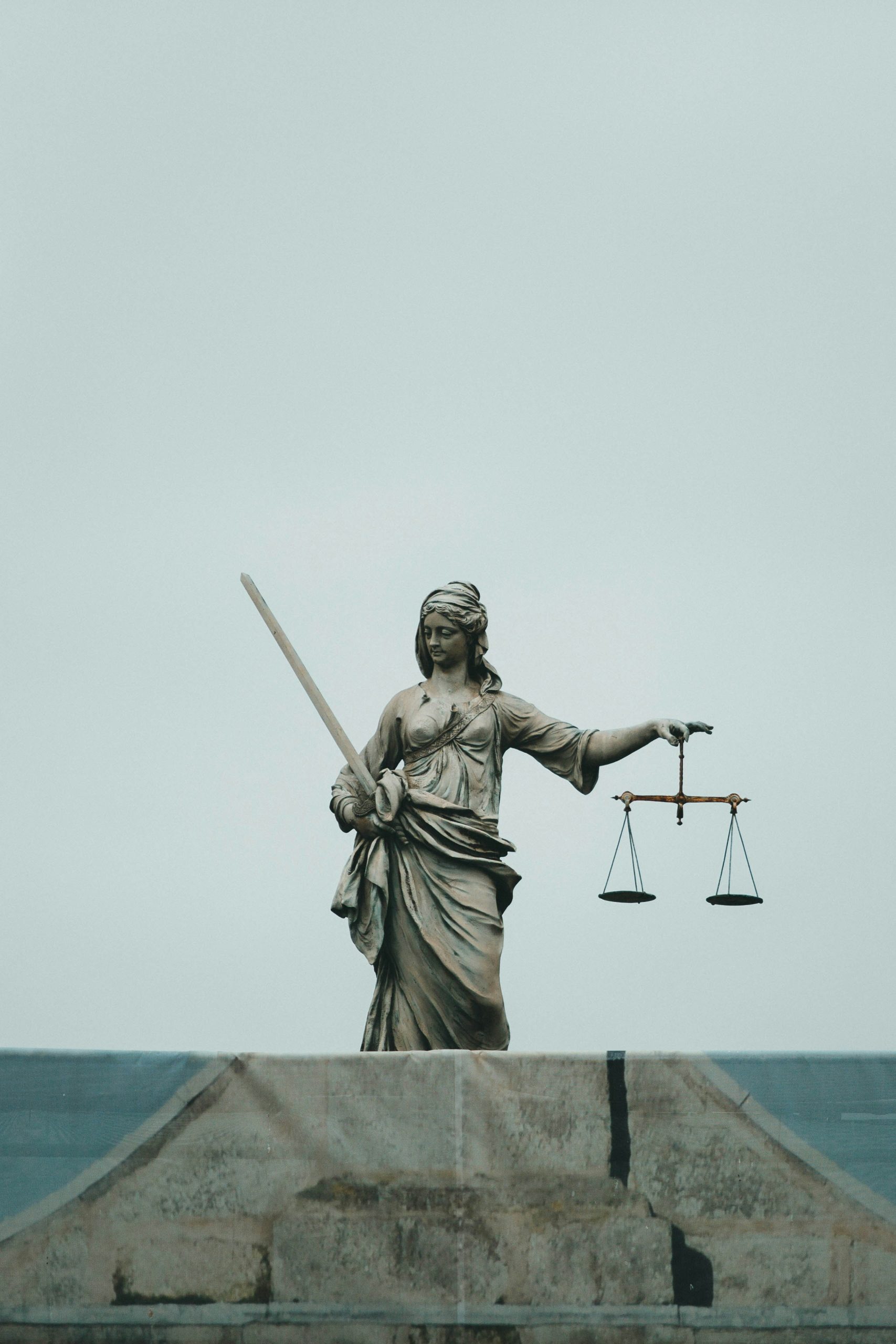
AI Art: A Gray Area in Intellectual Property Rights
Galadari Insights: AI Art: A Gray Area in Intellectual Property Rights
The conflict between creators and generative-Artificial Intelligence (AI) companies is just getting started, with Getty Images, a stock image provider company, filing a lawsuit against Stability AI, an AI art generator, for allegedly illicitly duplicating Getty’s image library for commercial gain. Generative-AI companies have recently been utilizing publicly available image collections to teach their AI algorithms. Several images produced by Stability AI’s text-to-image model bear Getty’s watermark.
DeviantArt and two other AI companies are currently being sued in a class-action lawsuit that claims their AI-generated artwork infringes on copyright laws. The lawsuit alleges the companies violated several copyright laws, including copyright infringement. The lawsuit also alleges the companies trained their AI tools on five billion images that were scraped from the internet without the original artists’ permission, causing millions of artists’ rights to be infringed upon. Among the numerous issues in the complicated realm of AI-generated art, copyright infringement is a significant concern.
The question of whether AI-generated art can be classified as “art” remains uncertain. ChatGPT, the intelligent AI chatbot at the forefront of the expanding generative-AI movement, suggests this is a topic of discussion and disagreement. This month, a piece of AI-generated art titled “Théâtre D’opéra Spatial” earned the top spot in the emerging artist divisions “digital arts/digitally manipulated photography” category at the Colorado State Fair Fine Arts Competition.
Art has never been intended to be clearly defined. Like a phoenix rising from the ashes, art will always find a way to reinvent itself and remain relevant. Throughout history, there has always been a demand for more lasting forms of art.
Digital tools have significantly expanded human creativity and brought our imagination to life. With each new online innovation, art becomes more diverse and accessible, providing opportunities for countless creators. However, the rise of AI-generated art is currently a cause of concern across the artist community globally, fearing their means of livelihood are in jeopardy, especially when their work is being exploited for AI training purposes.
The impact of AI-generated art extends beyond the digital realm and is causing disruption across the entire industry. This industry consists not only of artists but also conservators, critics, collectors, and auctioneers, all of whom may now need to reassess the future of their careers considering these technological developments.
As AI-generated art becomes more sophisticated, concerns are arising about our ability to distinguish between art produced by humans and machines. However, it is important to make this distinction, particularly when commercial interests are involved. Ultimately, the question of authorship becomes paramount in determining the ownership and profits from AI-generated art.
The emergency of AI in the art world has raised several concerns around the protection of intellectual property rights (IPR) for creators. One major issue is the use of copyrighted material in training algorithms, which remains a contentious topic with no clear resolution. Regulators are only beginning to navigate the complicated terrain of copyright laws in an era of generative-AI. Another challenge is determining IPR ownership for AI-generated art, as many courts and the U.S. Copyright Office have ruled that cannot be copyrighted under current copyright laws due to its lack of human authorship. While creators that incorporate AI-generated art may still be entitled to copyright portions they have contributed, the AI-generated images themselves are not eligible for copyright protection under current law.
One potential way to prevent disputes regarding AI art is by using contractual agreements for authorship and co-authorship, although these may not be sufficient in resolving third-party disputes. However, creators and IP lawyers are still in the process of understanding the nuances of AI-generated art, and the wording used in legal actions may contain technical inaccuracies, which has the potential to provide AI companies with opportunities to mount a defense. It is necessary for creators to have a complete understanding of the AI training process before filing a lawsuit. As generative-AI challenges current intellectual property rights regimes globally, it may lead to a surge in legal disputes. To address issues related to AI-generated art, governments need to consider amending current copyright laws and imposing restrictions.
For more information on our Intellectual Property and Data Protection Practice, please contact Essa Ziad Galadari. Essa Ziad has full rights of audience across UAE Courts and specializes in criminal IP cases. If you have any queries regarding the above, or the topic of criminal IP more broadly, Essa Ziad is on hand to assist.
 |
Essa Ziad Galadari Advocate essa@galadarilaw.com |

